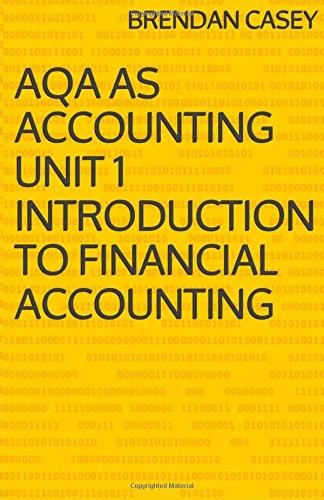Question
The proposal involves investment in a group of machines that would greatly increase the firm's ability to manufacture large quantities of steel swords. The purchase
The proposal involves investment in a group of machines that would greatly increase the firm's ability to manufacture large quantities of steel swords. The purchase price of this machinery would be $24,000,000. The steel sword equipment would have a useful economic life of 5 years, but for tax purposes, depreciation charges would be straight-line to a book value of zero over 8 years. It is anticipated that the variable operating costs, excluding depreciation, will be approximately 70 percent of sales. Interest charges associated with the financing of this investment have been estimated at approximately $2,000,000 per year, for each year of the projects estimated useful life. Sam Nikola, the firms accountant, pointed out that this project would not be happening if not for the special feasibility study performed by the Elon Consulting Group. The study was commissioned and paid for last year at a total cost of $3,000,000. Because the steel sword project would not have been approved without the study, Sam suggests that the costs of the study should be considered as one of the projects initial expenses. In addition to the initial outlay for the steel sword machinery, the firm anticipates that it will have to make incremental working capital investments to parallel the expected changes in sales. Based on financial analysis, it has been agreed that an appropriate estimate of a proper working capital requirement figure would be 16 percent of incremental sales (i.e., the NWC investment (or recovery) at time t will be 16% of the D in sales between time t, and t + 1). Management expects the machinery to be sold for a before-tax scrap value of $1,000,000 at the end of year 5. The expected revenue projections from this project are $20,000,000 in years 1 and 2, and $25,000,000 in years 3, 4, and 5. The CFO of Tesla Industries, Peter Edison, requests your assistance in preparing an analysis of the decision of whether or not to purchase the machine. In performing the analysis, Mr. Edison would like to see estimates of net cash flow projections for the project, along with the NPV and your recommendation. As part of the analysis, Mr. Edison has informed you that he believes that the risk of this project is of similar risk as the average risk for the firm and therefore you may use the firms Weighted Average Cost of Capital (WACC) as the appropriate discount rate. He has also informed you that the tax rate to use for the WACC and the capital budgeting analysis is 30%. Finally, he believes that there will be sufficient taxable income annually from other Tesla projects to be able to use any tax losses or credits from the project. Capital Structure Information Tesla has 31,200,000 shares of common stock outstanding that are trading for $17.50 per share. The companys beta is 1.1. Financial analysts estimate that the market risk premium over 10-year Treasury Bonds is 6 percent and 10-year Treasury Bonds currently yield 2.4%. Teslas outstanding bonds have a 6.6% coupon rate, a $1,000 face value, pay semi-annual coupons, and mature in 9 years. There are 100,000 of these bonds outstanding and they are currently selling in the open market for 104% of par value.
1. What is Tesla's WACC for this project?
2. What is the OCF for year 2 of the project?
Step by Step Solution
There are 3 Steps involved in it
Step: 1

Get Instant Access to Expert-Tailored Solutions
See step-by-step solutions with expert insights and AI powered tools for academic success
Step: 2

Step: 3

Ace Your Homework with AI
Get the answers you need in no time with our AI-driven, step-by-step assistance
Get Started


